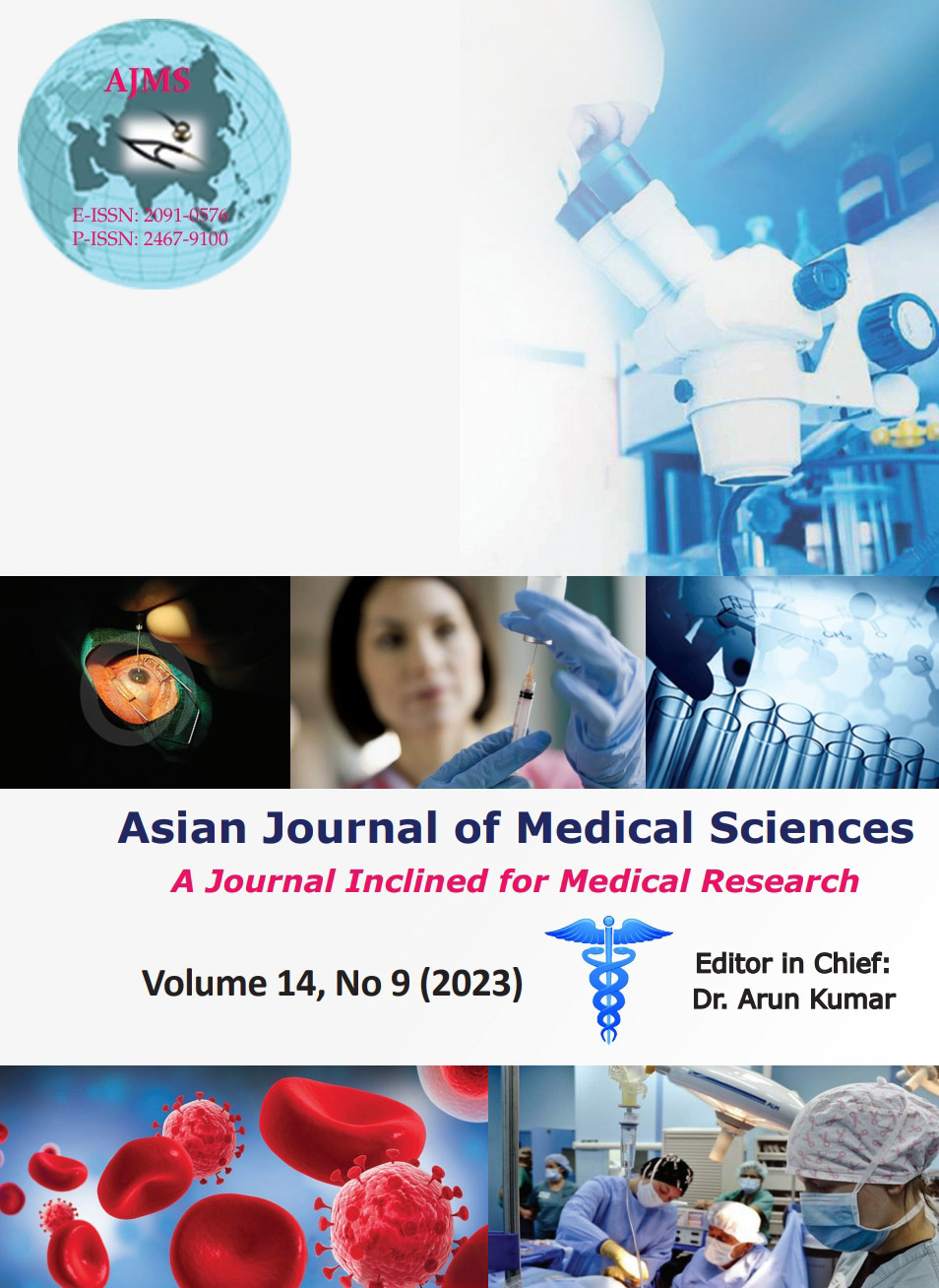Myocardial dysfunction in newborns with severe birth asphyxia
Keywords:
Hypoxic-ischemic encephalopathy; Cardiac dysfunction; Isoenzyme CPK-MBAbstract
Background: Severe birth asphyxia is one of the leading causes of mortality and morbidity in developing countries like India. Severe birth asphyxia can result in transient myocardial ischemia, myocardial dysfunction, and cardiac failure.
Aims and Objectives: The current study was undertaken for a better understanding of myocardial dysfunction with the help of serum levels of CPKMB and their correlation with mortality.
Materials and Methods: It was a prospective observational study. We studied 150 newborns with severe birth asphyxia admitted to be SNCU of Maharaja Yashwantrao Hospital Indore from August 2021 to July 2022 after clearance from the Institutional Ethics Committee and informed parental consent.
Results: A total of 150 newborns with severe birth asphyxia were enrolled. Nearly 75% were males, and 25% were females. Most of the mothers (80%) were multigravidas. Antenatal complications were present in 85.33% of cases. Amniotic fluid was meconium stained in 73.33%, and fetal distress was present in 72.70%. CPKMB was deranged in 93%, and the ejection fraction was reduced in 53%. Out of the total 150 cases, 72 died, with levels of CPKMB elevated in 70 cases and ejection fraction reduced in 62 cases.
Conclusion: We conclude that serum CPKMB levels rise early before ejection fraction is reduced and can help us identify myocardial dysfunction early. There is a statistically significant association between CPKMB, ejection fraction, and mortality in babies with severe birth asphyxia. Cardiac-specific enzyme CPKMB helps in the early recognition of myocardial dysfunction, and there is significant correlation with neonatal mortality.
Downloads
Downloads
Published
How to Cite
Issue
Section
License
Copyright (c) 2023 Asian Journal of Medical Sciences

This work is licensed under a Creative Commons Attribution-NonCommercial 4.0 International License.
Authors who publish with this journal agree to the following terms:
- The journal holds copyright and publishes the work under a Creative Commons CC-BY-NC license that permits use, distribution and reprduction in any medium, provided the original work is properly cited and is not used for commercial purposes. The journal should be recognised as the original publisher of this work.
- Authors are able to enter into separate, additional contractual arrangements for the non-exclusive distribution of the journal's published version of the work (e.g., post it to an institutional repository or publish it in a book), with an acknowledgement of its initial publication in this journal.
- Authors are permitted and encouraged to post their work online (e.g., in institutional repositories or on their website) prior to and during the submission process, as it can lead to productive exchanges, as well as earlier and greater citation of published work (See The Effect of Open Access).




